Kids, Adults, and Pie
 In honor of the Great American Pie Month, I want to share a story that illustrates the difference between kids and adults. Understanding this can make all the difference in how much you enjoy being and working with them and it can also impact your enjoyment whenever you learn something new.
In honor of the Great American Pie Month, I want to share a story that illustrates the difference between kids and adults. Understanding this can make all the difference in how much you enjoy being and working with them and it can also impact your enjoyment whenever you learn something new.
I taught a class on pie making to a group of adults. One mother brought her 11-year-old daughter and they worked together.
When I teach someone how to make a pie, I know that their pie won’t look like mine. I’ve been making pies for over fifty years and when I roll out a pie crust it’s round and beautiful. When I put it into the pie pan it’s as smooth as butter; no cracking, no tearing. When I crimp the edges, they look so taste-tempting and are, in fact, delicious. It’s all because I’ve had so much practice.
People learning to make a pie for the first time, no matter their age, have had very little to no practice. Rolling a pie crust out so that its round is a skill that must be learned. Picking up a pie crust and fitting it into the pan without tears and cracks is a skill that must be learned. It’s a skill to make the crust just right, not to dry and not to wet.
I have taught many people to make pie and I want my new pie makers to go home feeling like they just accomplished something magnificent. So, I tell them “You’re just learning this new skill. It’s like riding a bike, it won’t be perfect right off the bat. Your crust might not fit the pan perfectly, it might even crack. Just piece it back together. You’re making this pie because you love your family and they’re going to be so blessed to have it. Remember that it’s going to taste wonderful and how it tastes is what’s going to count, not how it looks.”

Well, all my pie makers got to work, including the mother-daughter team. The pies were turning out just as you would expect beginner’s pies to look. Everyone had taken my counsel and was feeling successful except Rosemary, the older half of the mother-daughter team. She wanted it to be perfect, she wanted to be able to do it better on the first try, how it was turning out is what mattered to her.
She was fretting and stewing over the fact that it hadn’t been very round, the dough was dry, it broke into a couple of pieces and had to be pressed back together as they were putting it into the pan. Her daughter was just busy piecing away. Finally, Ariel looked at her mom and said: “Remember mom, it’s how it tastes that counts.” Her mother looked at her for a bit and then replied, “Oh yes, thanks for reminding me.”
Outcome vs Process
Teaching adults can be difficult. They worry about not knowing the material already or not having the skill. They are embarrassed that their results don’t look like yours.
Adults are outcome (product) driven while children are process driven. How it turns out can eclipse the joy of doing whatever it is. This difference can get in the way of enjoying working with your children
Teaching children is a joy. It always amazes me that my pie looks perfect and theirs is crumbling on the side and they don’t see the difference. They look at the pie and say, “Wow, look at my pie.” They’re proud and excited about what they have done. It is the process that they enjoy.
Why Children Enjoy The Process:
1. They are teachable because they aren’t intimidated by not already knowing how to do something. They are excited to learn.
2. They are not afraid to learn new things.
3. The process is more important than the outcome. They are willing to be less than perfect while they learn. In fact, they usually cannot even see the imperfections unless they are pointed out by an adult. That is why we need to be gentle when we are helping a child learn something new.
4. The mess or time it takes isn’t important to them. They don’t worry about the use of resources.
5. They are so easy to please.
As you look at this list can you see the things that make you crazy when you are letting your kids paint, cut, or are trying to teach them to clean or garden, etc?
The end result matters a lot to you. You don’t want a mess. You don’t want wasted paper, glue and tape. You are concerned with time. You can see all the uncleaned corners, the crooked edges, etc. You sometimes don’t appreciate the number of repetitions that are required to get good at something.
When you are working with your kids whether it’s a craft, cooking or doing chores together stay out of your children’s way a bit more. Give them space, time and the resources to do the job. Don’t micromanage so much. Let them learn and take pride in whatever they do. Don’t see the end result through your eyes. See it through theirs. The process is what counts for kids. Aren’t kids amazing!!!!



 We’re all looking for simple ways to connect with our families despite how busy life has gotten. One technique I really enjoy is that of mini-conversations. Conversing with children and teens can be fun, relaxing, and energizing, and sometimes we learn something new.
We’re all looking for simple ways to connect with our families despite how busy life has gotten. One technique I really enjoy is that of mini-conversations. Conversing with children and teens can be fun, relaxing, and energizing, and sometimes we learn something new. Let me give you an example. When my youngest daughter was twenty, she was reading Incidents in the Life of a Slave Girl by Harriet A. Jacobs. She asked me to read the book because she wanted to talk about it. Over the few weeks that it took her to read the book we had conversations about the character of different people in the book, why people act the way they do and believe the things they do, and how to be better people ourselves.
Let me give you an example. When my youngest daughter was twenty, she was reading Incidents in the Life of a Slave Girl by Harriet A. Jacobs. She asked me to read the book because she wanted to talk about it. Over the few weeks that it took her to read the book we had conversations about the character of different people in the book, why people act the way they do and believe the things they do, and how to be better people ourselves. letter. She wrote back commenting about freedom and the fact that I had recently attended a caucus. We had a mini-conversation via mail about what a caucus is and who can go and why they would go. That led to a conversation back and forth about Fredrick Douglas, who he was, and how he worked for freedom for slaves, women, and other minority groups. With the advent of technology, we can have these types of mini-conversations face to face no matter what distance we must traverse.
letter. She wrote back commenting about freedom and the fact that I had recently attended a caucus. We had a mini-conversation via mail about what a caucus is and who can go and why they would go. That led to a conversation back and forth about Fredrick Douglas, who he was, and how he worked for freedom for slaves, women, and other minority groups. With the advent of technology, we can have these types of mini-conversations face to face no matter what distance we must traverse. Jack, my grandson, who was two at the time, had a dear friend who turned 90. He gave Jack a bunch of helium-filled balloons from his party. Jack and I took one balloon to the front yard and let it go. As it floated upward, we had a mini-conversation. It went like this:
Jack, my grandson, who was two at the time, had a dear friend who turned 90. He gave Jack a bunch of helium-filled balloons from his party. Jack and I took one balloon to the front yard and let it go. As it floated upward, we had a mini-conversation. It went like this:
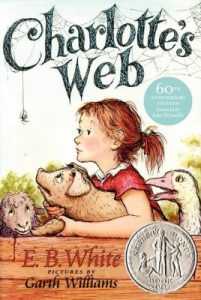 Jodie was reading the book Charlott’s Web to her children. Frequently she would stop and ask a question. “What does manure mean?” “What does loft mean?” What does slop mean”? “What is a manure pile?” When the term manure pile came up again, later in the story, Jodie emphasized the term as she read. Then she asked, “Do you remember what manure pile means?” I heard, “Eweee, a pile of poop.” Then laughter.
Jodie was reading the book Charlott’s Web to her children. Frequently she would stop and ask a question. “What does manure mean?” “What does loft mean?” What does slop mean”? “What is a manure pile?” When the term manure pile came up again, later in the story, Jodie emphasized the term as she read. Then she asked, “Do you remember what manure pile means?” I heard, “Eweee, a pile of poop.” Then laughter.
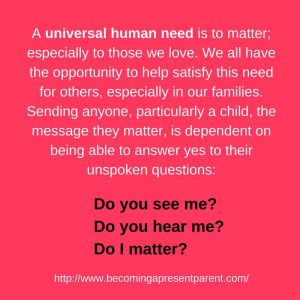 The idea that we should be careful to keep our priorities right in terms of not letting lesser concerns get in the way of greater ones so that we find ourselves “in the thick of thin things,” is good advice.
The idea that we should be careful to keep our priorities right in terms of not letting lesser concerns get in the way of greater ones so that we find ourselves “in the thick of thin things,” is good advice.
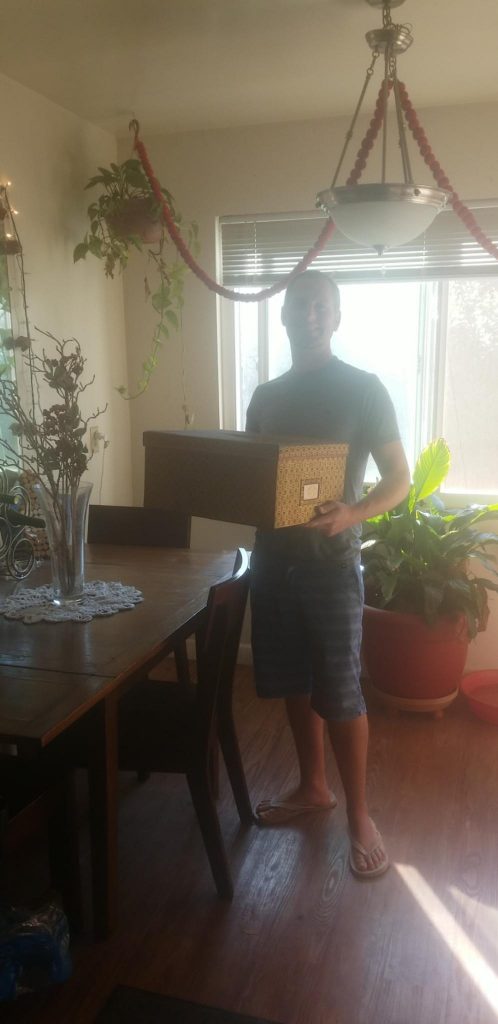

 Here’s a true story. A father was painting the outside of his home. His five-year-old son wanted to help. So this good father gave his son an old shirt with the sleeves rolled up several times. They both went to work on the door, dad painting the top and son painting the bottom. It just happened to be the door to the main entrance.
Here’s a true story. A father was painting the outside of his home. His five-year-old son wanted to help. So this good father gave his son an old shirt with the sleeves rolled up several times. They both went to work on the door, dad painting the top and son painting the bottom. It just happened to be the door to the main entrance. necessary for my father to complete the work he was engaged in. I was the beneficiary, as through these experiences I came to know him and to love him. I came to know about a
necessary for my father to complete the work he was engaged in. I was the beneficiary, as through these experiences I came to know him and to love him. I came to know about a 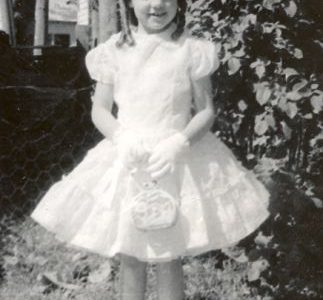






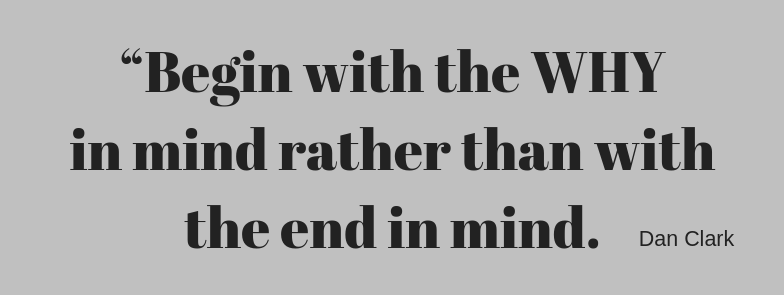
 You have probably heard the saying ‘begin with the end in mind’. In other words, visualize how you want something to turn out. However, if we want more enjoyment when we do things as a family then we should begin with the WHY in mind.
You have probably heard the saying ‘begin with the end in mind’. In other words, visualize how you want something to turn out. However, if we want more enjoyment when we do things as a family then we should begin with the WHY in mind. When we plan any activity, vacation, chore, etc. with our family it’s almost impossible not to have an outcome in mind. However, if the family event doesn’t match that outcome then it’s easy to feel dissatisfied, even angry. It’s important to watch our expectations.
When we plan any activity, vacation, chore, etc. with our family it’s almost impossible not to have an outcome in mind. However, if the family event doesn’t match that outcome then it’s easy to feel dissatisfied, even angry. It’s important to watch our expectations.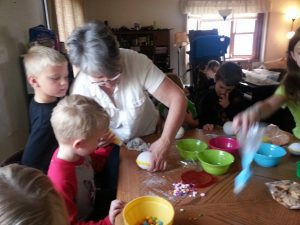 are what we’re used to.
are what we’re used to. We want to look like the family we have in our mind – kids with clean hands and faces, no bickering, clean plates at dinner, clean rooms, happy conversation in the car…
We want to look like the family we have in our mind – kids with clean hands and faces, no bickering, clean plates at dinner, clean rooms, happy conversation in the car…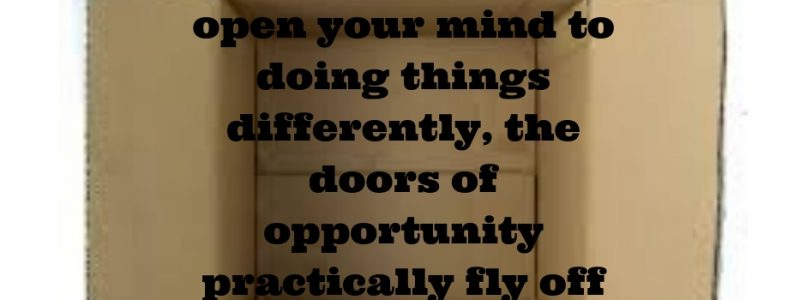
 A Very Bright Chicken!
A Very Bright Chicken! We have chickens, free-range chickens. That means they are never locked in the coop. That has its advantages and disadvantages!
We have chickens, free-range chickens. That means they are never locked in the coop. That has its advantages and disadvantages! she gets in I watched her. Within minutes I saw her scoot under the fence at the corner where it connects to our neighbor’s fence. I shooed her back out. Then I placed a large rock in front of the low spot.
she gets in I watched her. Within minutes I saw her scoot under the fence at the corner where it connects to our neighbor’s fence. I shooed her back out. Then I placed a large rock in front of the low spot. After I blocked her newest entrance I watched her pace from one end of the garden to the other looking for a way in. I could feel her frustration as she paced back and forth trying this and that.
After I blocked her newest entrance I watched her pace from one end of the garden to the other looking for a way in. I could feel her frustration as she paced back and forth trying this and that. she went back to pacing the fence line, then she veered to the left towards the pasture fence. The fence at the back of the garden is also the fence to the back pasture. It’s made of far different wire than our chicken wire garden fence.
she went back to pacing the fence line, then she veered to the left towards the pasture fence. The fence at the back of the garden is also the fence to the back pasture. It’s made of far different wire than our chicken wire garden fence.
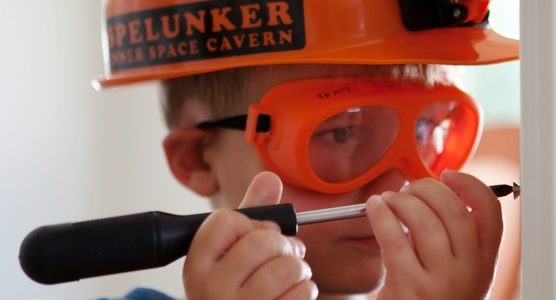
 workshop in which he made wonderful things. The son said, “I would wander into this workshop and watch him. Just to be in his presence was a thrill for me. He invited me to help him by passing a hammer, a screwdriver, or some other tool. I was convinced that my help was necessary and that without me he would not be able to complete his task.
workshop in which he made wonderful things. The son said, “I would wander into this workshop and watch him. Just to be in his presence was a thrill for me. He invited me to help him by passing a hammer, a screwdriver, or some other tool. I was convinced that my help was necessary and that without me he would not be able to complete his task.